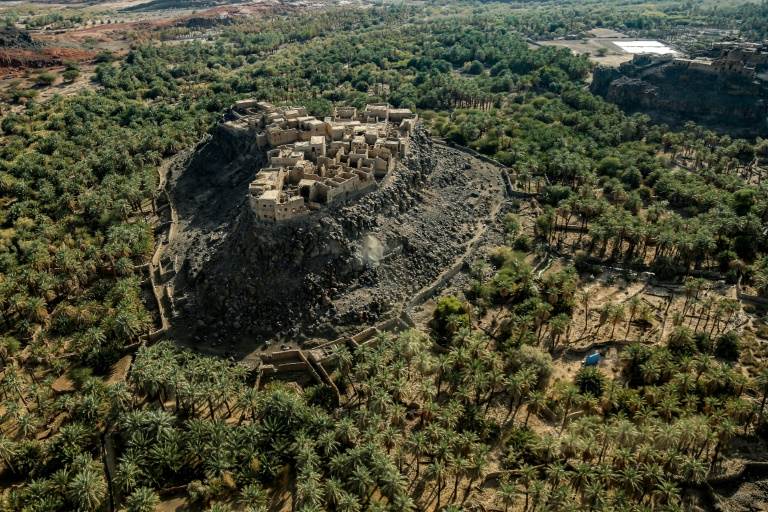04
Nov
Unearthing History: 4,000-Year-Old Oasis Town Discovered in Saudi Arabia
Lifestyle Archaeologists have discovered the remains of an ancient town hidden underneath the walled oasis of Khaybar in Saudia Arabia...



 Hot Deals
Hot Deals Shopfinish
Shopfinish Shop
Shop Appliances
Appliances Babies & Kids
Babies & Kids Best Selling
Best Selling Books
Books Consumer Electronics
Consumer Electronics Furniture
Furniture Home & Kitchen
Home & Kitchen Jewelry
Jewelry Luxury & Beauty
Luxury & Beauty Shoes
Shoes Training & Certifications
Training & Certifications Wears & Clothings
Wears & Clothings





